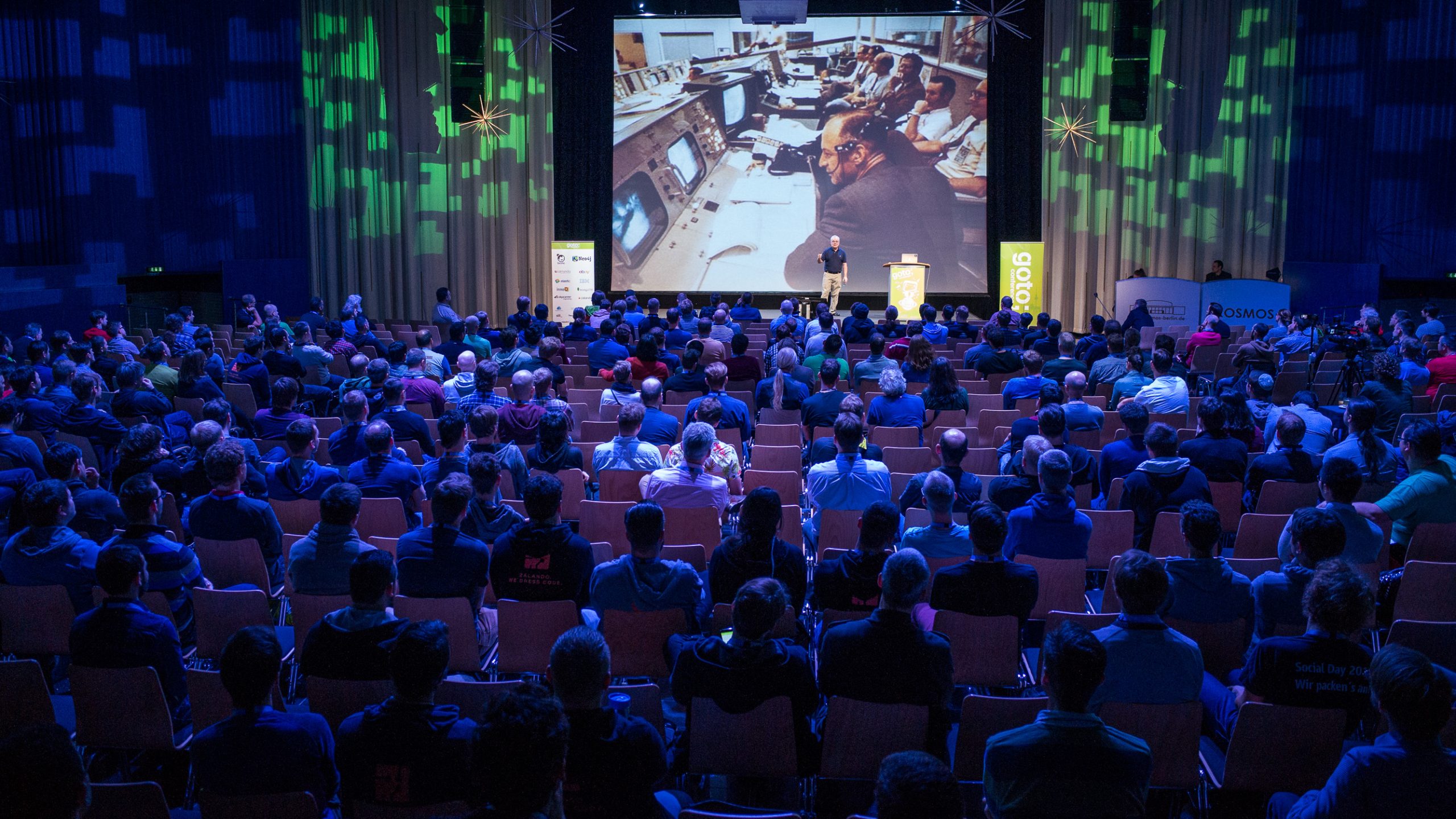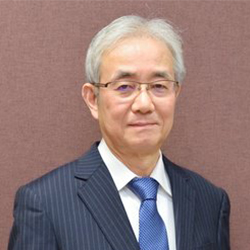
Dr. Hideki Kawanishi is the vice president and the director of artificial organs & surgery of Tsuchiya General Hospital, Hiroshima JAPAN. He has been an active clinical surgeon for past 48 years and nephrologist for 38 years. He is managing over 1,400 chronic dialysis patients include 200 peritoneal dialysis patients in addition to maintaining acute kidney failure program.
His research for HD has focus on the super high flux dialysis include online HDF modality, and for PD on the pathophysiology and treatment for encapsulating peritoneal sclerosis (EPS), with over 300 successful surgical cases, and clinical usefulness for complementary dialysis (hybrid PD and HD) to maintain log-term PD. He has published over 160 international articles in the field of HD, PD and artificial organs.
He is a honorary member of Japanese Society for Dialysis Therapy (JSDT), also organized JSPD, JSDA (president), JSHDF (president), ISBP (president) and associate editor of Blood Purification, Journal of Vascular Access, & editorial board of Peritoneal Dialysis International, Moreover, he is a position of steering committee for PDOPPS international.
ABSTRACT
Newly classification of middle molecular and the target of dialysis therapy.
Hideki, Kawanishi,
Tsuchiya General Hospital, Hiroshima, Japan.
Extracorporeal blood purification therapy (EBPT) aims to remove harmful uremic toxins from the body. While traditional hemodialysis (HD) primarily targets small molecules, there is now a focus on middle molecules (MM) due to their role in causing dialysis amyloidosis, notably β2-microglobulin. MM is categorized based on its ability to pass through the glomerulus (<58kDa), with “small-middle” (0.5-15 kDa), “medium-middle” (15-25 kDa), and “large-middle” (25-58 kDa) being proposed. Most protein-bound substances fall into the small molecule category (below 500 Daltons) and are less toxic due to protein binding and subsequent elimination through small molecule free fractionation.
Additionally, a theory originating from Japan suggests that removing degraded substances through α1-microglobulin (αMG), which possesses radical-scavenging properties, may lead to functional regeneration. This hypothesis explores the potential link between the elimination of radicals (considered an indicator of biocompatibility) and the restoration of homeostasis. Investigating this connection could pave the way for the development of innovative blood purification methods.

Hideki Kawanishi
Vice president and the director of artificial organs & surgery of Tsuchiya General Hospital, Hiroshima JAPAN
PRESENTATION